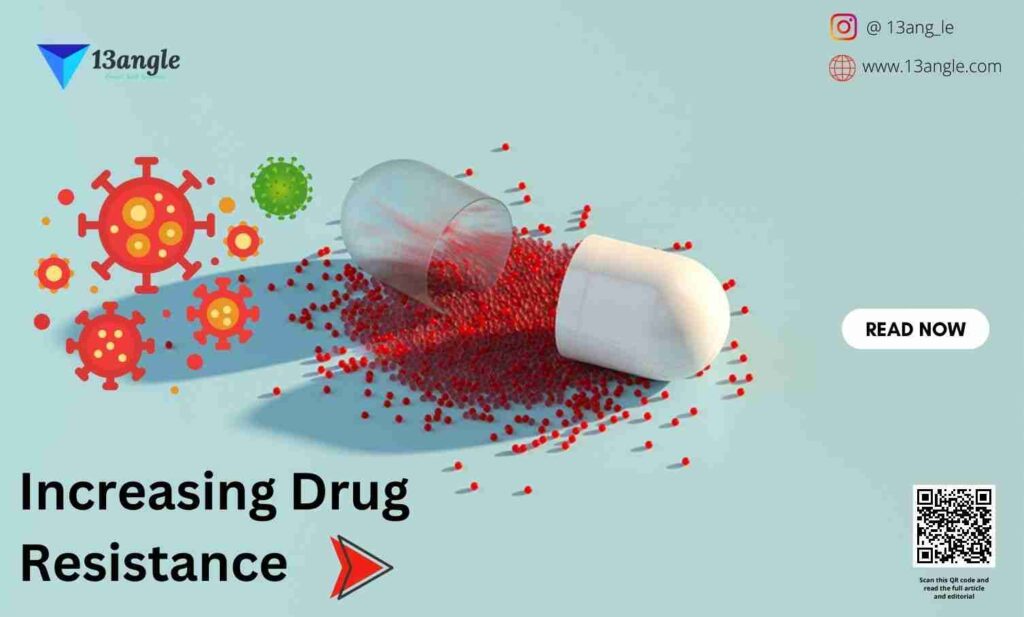The problem of antibiotic resistance will be found only through fundamental research that will probably use biotechnology as a tool. A variety of novel approaches being utilized in university laboratories and biotechnology companies are outlined. Two approaches in particular, namely, Synsorbs and recombinant cationic peptide antimicrobials, that have been developed.
Synsorbs-Pk, which is designed to combat the Escherichia coli vero-toxin that causes the nephrotoxic and occasionally lethal effects of haemolytic uremic syndrome in children; this disease is known more popularly as hamburger disease. Synsorbs-Pk contains particles of diatomaceous earth (basically, the silicate skeletal structure of diatoms) that are conjugated to a trisaccharide that mimics the normal receptor for verotoxin in the gastrointestinal tract. Synsorbs-Pk is given orally and binds toxin in the gastrointestinal tract, resulting in removal of toxin from the system via excretion and in prevention of the serious toxic sequelae associated with the binding to gastric cells and subsequent uptake of toxins. Such a strategy is relatively simple, inexpensive to develop, and easily extrapolated to other gastro-intestinal (diarrheal) diseases.
A second strategy being pursued by several biotechnology companies involve small cationic peptide. Examination of the literature revealed that polycationic peptides are ubiquitous in nature; > 150 small cationic antibacterial peptides have been observed in organisms including bacteria, plants, insects, amphibians, crustaceans, mammals, and humans. In plants and insects, such peptides represent the major inducible defence against bacteria and other microorganisms, whereas in mammals and humans they are known to be important factors in the arsenal of neutrophils (defensins are the major proteinaceous molecule in neutrophils), and other peptides are suspected of having a major role in defence of mucosal surfaces.
To investigate the therapeutic potential of these peptides, we devised methods of producing them in bacteria by means of recombinant DNA procedures. The method of choice in- volves production of these peptides by fusion protein technology, wherein a four-part fusion protein is encoded by a plasmid in E. coli or Staphylococcus aureus. This fusion protein contains (from the N- to C-termini) an affinity binding region (for ease of purification), an anionic stabilizing fragment (to neutralize the cationic peptide portion arid prevent its bactericidal action and cleavage by bacterial proteases), and a cationic antimicrobial peptide. The latter three regions are encoded by synthetic DNA, and their sequence can be changed rather easily, permitting a large range of cationic peptides to be produced by this technology. After purification, a peptide produced by recombinant DNA technology is indistinguishable from one made by protein chemical means, except that it costs only 5% as much to produce.

For deep details, you can read the full article. Click the link below :





